| 结构式 | 名称/CAS号 | 全部文献 |
|---|---|---|
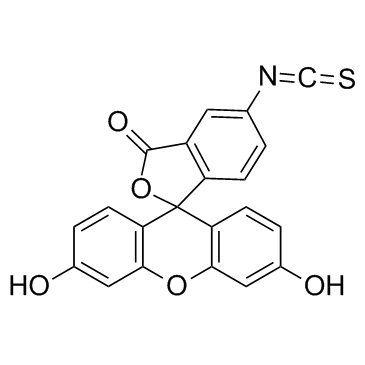 |
异硫氰酸荧光素酯
CAS:3326-32-7 |
|
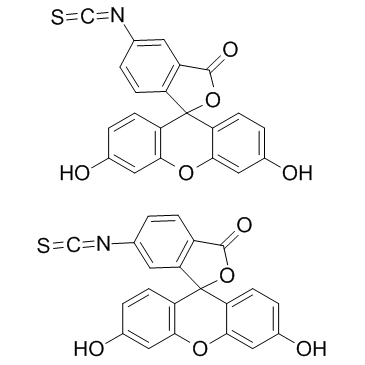 |
异硫氰酸荧光素
CAS:27072-45-3 |
|
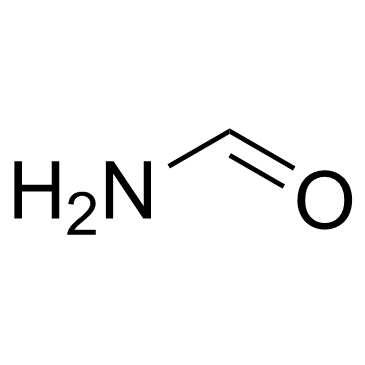 |
甲酰胺
CAS:75-12-7 |
|
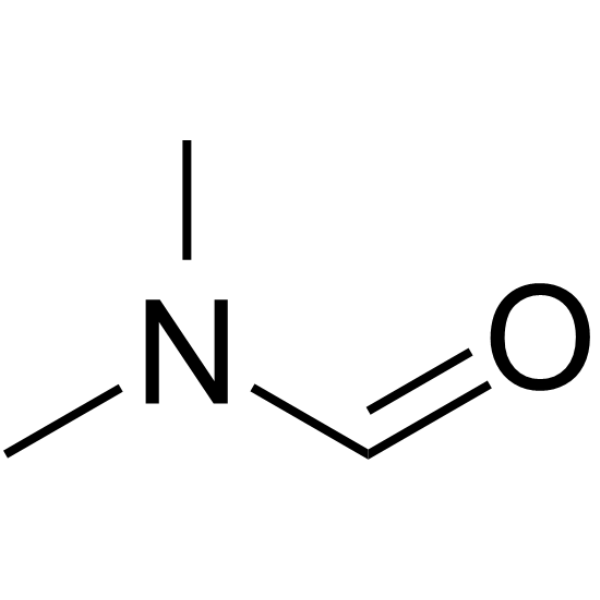 |
N,N-二甲基甲酰胺
CAS:68-12-2 |
|
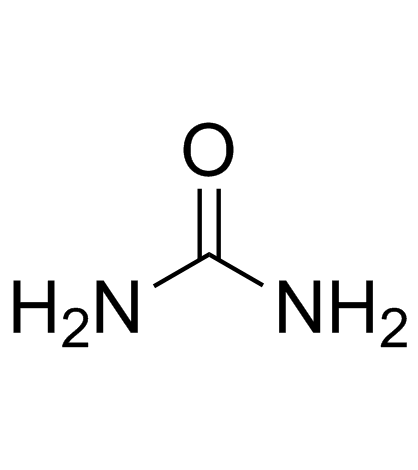 |
尿素
CAS:57-13-6 |
|
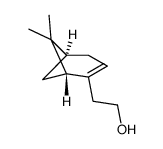 |
6,6-二甲基联环(3.1.1)庚烷-2-烯-2-乙醇
CAS:35836-73-8 |
|
![5-[4-苯基-5-(三氟甲基)-2-噻吩基]-3-[3-(三氟甲基)苯基]-1,2,4-恶二唑 结构式](https://image.chemsrc.com/caspic/396/256414-75-2.png) |
5-[4-苯基-5-(三氟甲基)-2-噻吩基]-3-[3-(三氟甲基)苯基]-1,2,4-恶二唑
CAS:256414-75-2 |
|
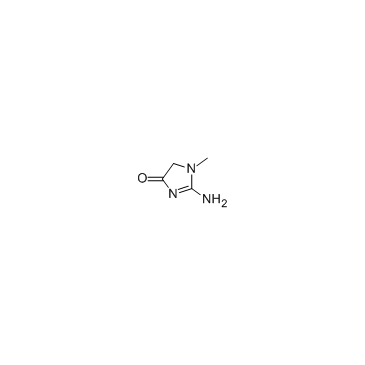 |
肌酐
CAS:60-27-5 |